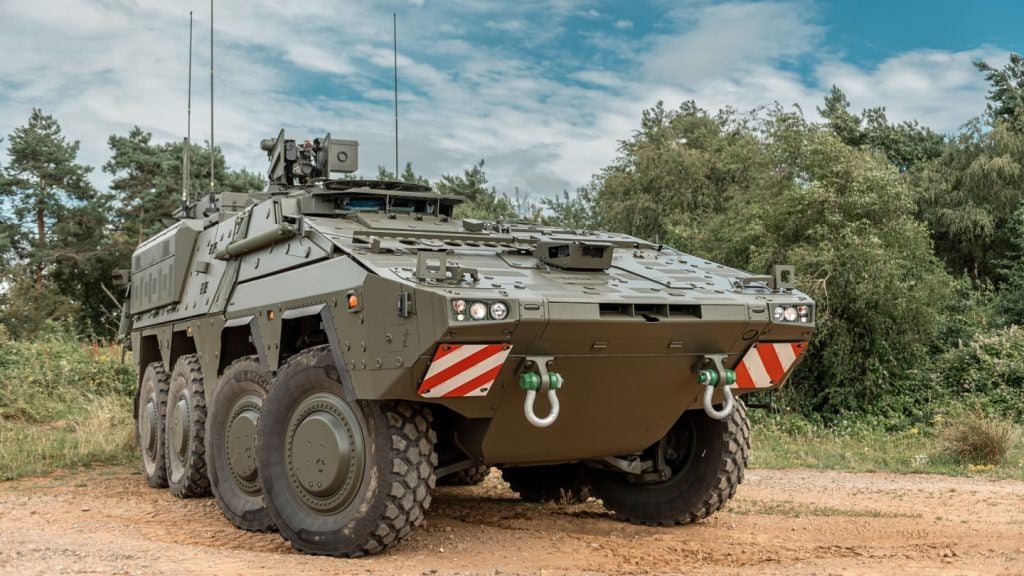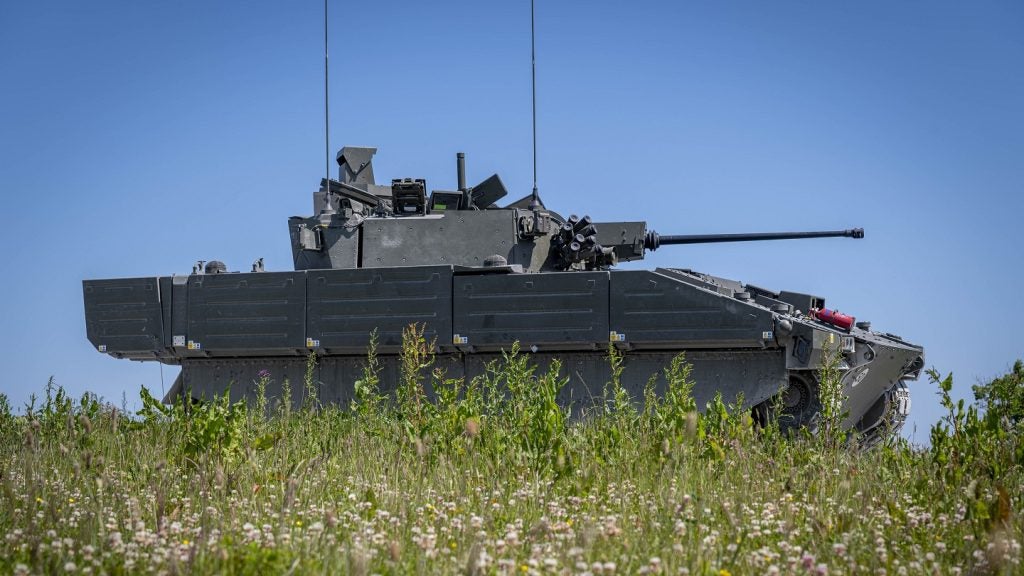Raytheon BBN Technologies has successfully demonstrated the transmission of voice and data across a wireless mobile network in steady flux, to simulate the challenges faced during frontline communications.
The demonstration is part of the wireless network after next (WNaN) programme sponsored by the Defense Advanced Research Projects Agency and the Air Force Research Laboratory.
Raytheon BBN Technologies WNaN principal investigator Jason Redi said the results prove that WNaN works in the field with affordable, commercially available radios.
“With these results, we are one step closer to getting this much-needed, first-of-its-kind technology to the battlefield and putting a reliable network in the hands of every warfighter,” he said.
WNaN network establishes a wireless network that adapts to changing conditions and enables soldiers to communicate on the field despite frequent disruptions and high demand.
The network software operates in sync with radio hardware developed by Cobham.
How well do you really know your competitors?
Access the most comprehensive Company Profiles on the market, powered by GlobalData. Save hours of research. Gain competitive edge.

Thank you!
Your download email will arrive shortly
Not ready to buy yet? Download a free sample
We are confident about the unique quality of our Company Profiles. However, we want you to make the most beneficial decision for your business, so we offer a free sample that you can download by submitting the below form
By GlobalDataDuring the demonstration, ten WNaN mobile handheld radios participated in multiple, simultaneous call groups and delivered situational awareness data despite communications disruptions.
The experiment also proved the network’s ability to avoid interference from hostile signals and continue operation even when large numbers of soldiers try to use the channel at once.
In addition, the demo validated the network’s software which automatically assigns the best frequencies to warfighters while in motion and its capable of relaying voice transparently over more than four different network radios.






